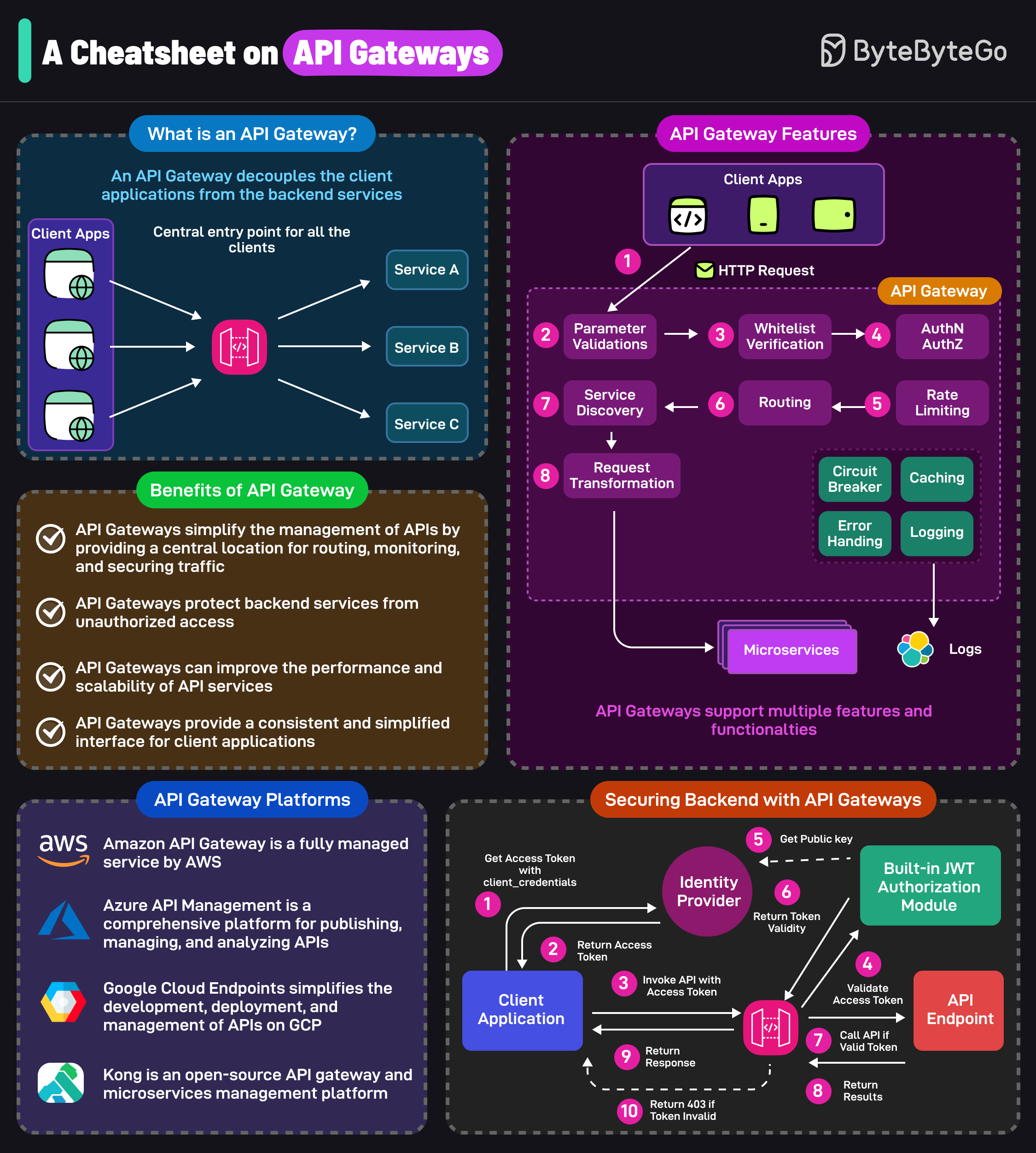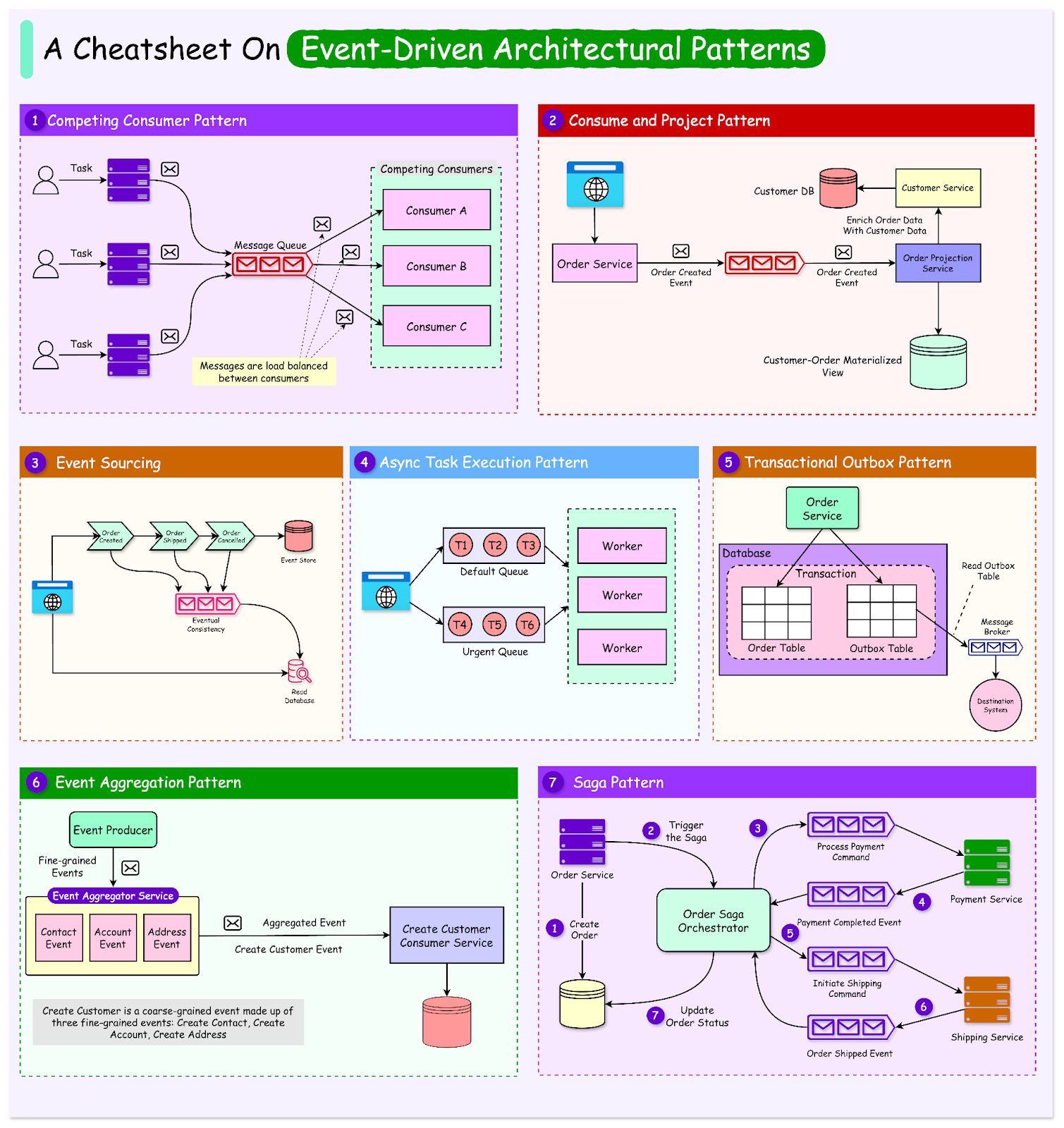- Mailing Lists
- in
- Event-Driven Architectural Patterns
Archives
- By thread 5348
-
By date
- June 2021 10
- July 2021 6
- August 2021 20
- September 2021 21
- October 2021 48
- November 2021 40
- December 2021 23
- January 2022 46
- February 2022 80
- March 2022 109
- April 2022 100
- May 2022 97
- June 2022 105
- July 2022 82
- August 2022 95
- September 2022 103
- October 2022 117
- November 2022 115
- December 2022 102
- January 2023 88
- February 2023 90
- March 2023 116
- April 2023 97
- May 2023 159
- June 2023 145
- July 2023 120
- August 2023 90
- September 2023 102
- October 2023 106
- November 2023 100
- December 2023 74
- January 2024 75
- February 2024 75
- March 2024 78
- April 2024 74
- May 2024 108
- June 2024 98
- July 2024 116
- August 2024 134
- September 2024 130
- October 2024 141
- November 2024 171
- December 2024 115
- January 2025 216
- February 2025 140
- March 2025 220
- April 2025 233
- May 2025 239
- June 2025 303
- July 2025 161
Event-Driven Architectural Patterns
Event-Driven Architectural Patterns
Latest articlesIf you’re not a subscriber, here’s what you missed this month. To receive all the full articles and support ByteByteGo, consider subscribing: Event-driven architecture (EDA) is a software design approach emphasizing the production, detection, consumption, and reaction to events. In this architecture, events are state changes or updates within a system. EDA is particularly beneficial in modern software development because it can decouple services, enhance scalability, and improve responsiveness. By allowing systems to react to events asynchronously, EDA supports real-time processing and enables systems to handle high volumes of data efficiently. This approach is useful in distributed systems and microservices architectures, where different components must operate independently yet cohesively. The importance of EDA in today's software landscape cannot be overstated. It offers significant advantages such as:
In this article, we’ll explore various patterns used in event-driven architecture. By examining these patterns, the aim is to gather insights into how they can be applied to build robust, scalable, and responsive systems.  Continue reading this post for free in the Substack app© 2024 ByteByteGo |
by "ByteByteGo" <bytebytego@substack.com> - 11:37 - 24 Oct 2024

